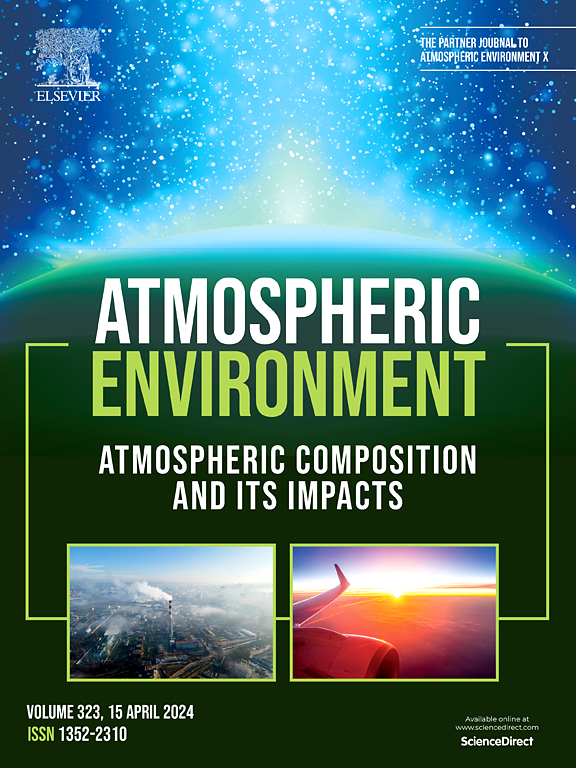Wind tunnel model of the Jack Rabbit II field experiments in the mock urban array: Part 2. approach wind conditions and particle image velocimetry measurements of simulated chlorine releases
IF 4.2
2区 环境科学与生态学
Q2 ENVIRONMENTAL SCIENCES
引用次数: 0
Abstract
The Jack Rabbit II (JR-II) Mock Urban Environment field test was reproduced in a 1:50 scale physical model in the wind tunnel at the Chemical Hazards Research Center of the University of Arkansas. The agreement of the approaching wind characteristics between field test and model was verified using 3D Laser Doppler Velocimetry (LDV). 2D Particle Image Velocimetry (PIV) tests were conducted in the model to obtain velocity measurements in the MUE. Velocity measurements taken before and during a simulated chlorine release were compared. PIV results show the general flow complexity in the last rows of the MUE and the impact of the release in two different wind conditions from JR-II. Simulations of neutrally buoyant releases conducted in one set of wind conditions showed that the impact on the release was mostly a result of the added density of the chlorine simulant and not from the added velocity of the gas release. Changes in the dividing streamline at CONEX 11.4 and in the vorticity around the model building were also observed, especially for lower atmospheric wind speed (momentum). PIV results show the impact of the release in two different perspectives, from the side and from above the MUE. Physical (wind tunnel) modeling can supplement the information available from field tests to provide validation data sets for computational models, and such exercises can even be more valuable for computational model validation because the initial conditions in wind tunnel tests are generally better understood than in field tests.
求助全文
约1分钟内获得全文
求助全文
来源期刊

Atmospheric Environment
环境科学-环境科学
CiteScore
9.40
自引率
8.00%
发文量
458
审稿时长
53 days
期刊介绍:
Atmospheric Environment has an open access mirror journal Atmospheric Environment: X, sharing the same aims and scope, editorial team, submission system and rigorous peer review.
Atmospheric Environment is the international journal for scientists in different disciplines related to atmospheric composition and its impacts. The journal publishes scientific articles with atmospheric relevance of emissions and depositions of gaseous and particulate compounds, chemical processes and physical effects in the atmosphere, as well as impacts of the changing atmospheric composition on human health, air quality, climate change, and ecosystems.
 求助内容:
求助内容: 应助结果提醒方式:
应助结果提醒方式:


